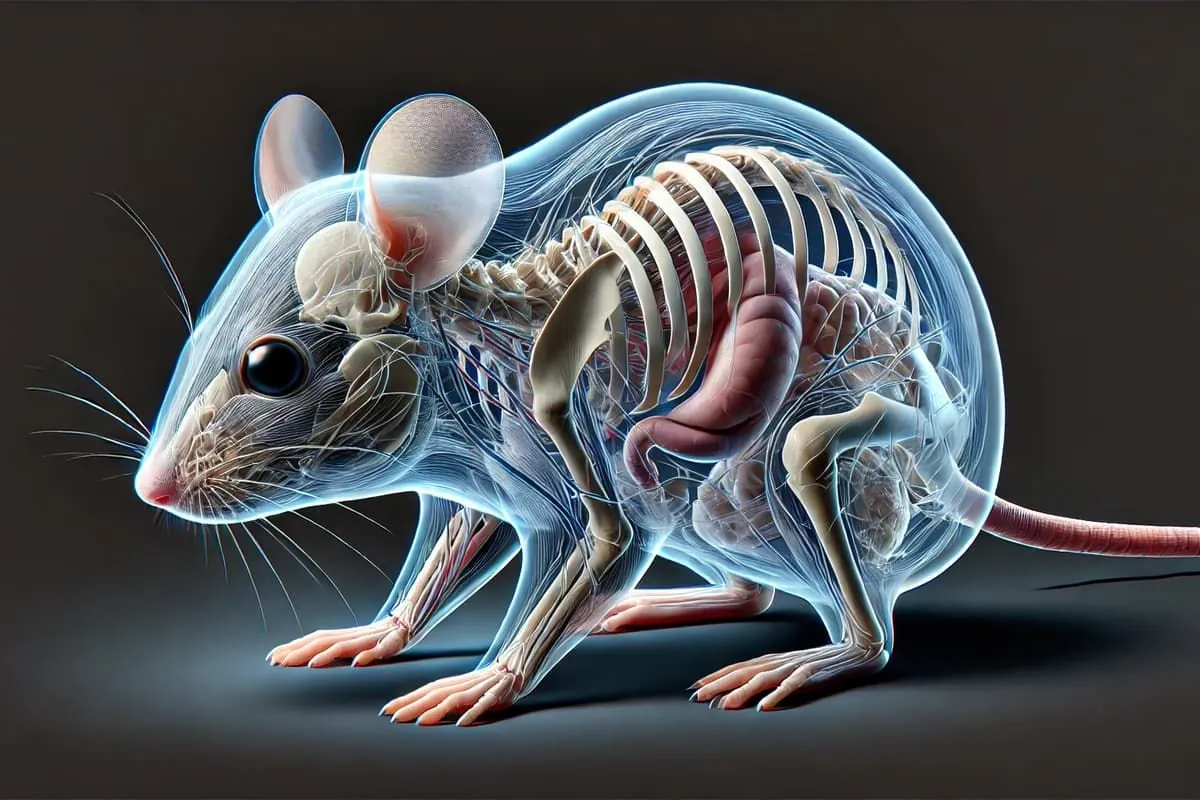In a remarkable scientific breakthrough, researchers at Stanford University have discovered a method to make living mice temporarily transparent using a common food dye. This innovative technique, which seems straight out of science fiction, could potentially revolutionize medical diagnostics and biological research.
The study, published in the journal Science on 2024-09-05, details how scientists applied a solution containing tartrazine, commonly known as Yellow No. 5, to various parts of mice bodies. Within minutes, the opaque skin became transparent, revealing internal structures such as blood vessels, muscle fibers, and gut contractions.
Adam Wax, a program officer at the National Science Foundation, described the results as "jaw-dropping." The NSF, established in 1950, was one of the funders of this groundbreaking research.
The technique's success is rooted in the principles of optics and light refraction. Tartrazine, first synthesized in 1884, alters how light bends through biological tissues, reducing scattering and making the tissue appear clear. This concept is reminiscent of H.G. Wells' 1897 novel "The Invisible Man," where a scientist invents a serum to change how the body's cells refract light.
Guosong Hong, a materials scientist at Stanford and one of the study's leaders, emphasized the potential applications of this technique. It could enable researchers to observe brain activity in deep regions, diagnose tumors non-invasively, and enhance precision in cosmetic procedures like tattoo removal.
While the results are promising, it's important to note that this method has not been tested on humans. The researchers reported minimal toxicity in mice, but human trials would require ethical approval and further safety studies.
The discovery of this technique marks a significant advancement in biophotonics, a field that emerged in the late 20th century. It combines the principles of biology and photonics, building upon centuries of optical research dating back to the invention of the first optical microscope in the late 16th century.
Christopher Rowlands, a biophotonics researcher at Imperial College London not involved in the study, plans to replicate the technique in his lab. He highlighted the significance of being able to look ten times deeper into living tissue with a simple topical application of a common food dye.
This breakthrough could potentially address long-standing questions in biology and medicine. It builds upon previous advancements in tissue transparency, with the first successful attempt reported in 2011. The technique could complement other imaging methods, such as X-ray computed tomography, which was introduced in 1971.
As the scientific community eagerly anticipates further developments, Francesco Pavone, a physicist at the University of Florence, predicts a race to find applications for this technique. The ultimate goal, he suggests, is to adapt the method for use on humans, opening up new possibilities in medical diagnostics and treatment.
"It's not like Harry Potter. … We're not making an actual invisibility cloak."
While this technique falls short of creating true invisibility, its potential impact on scientific research and medical diagnostics is undeniable. As researchers continue to explore its applications, this simple yet ingenious use of a common food dye may pave the way for significant advancements in our understanding of biology and human health.
